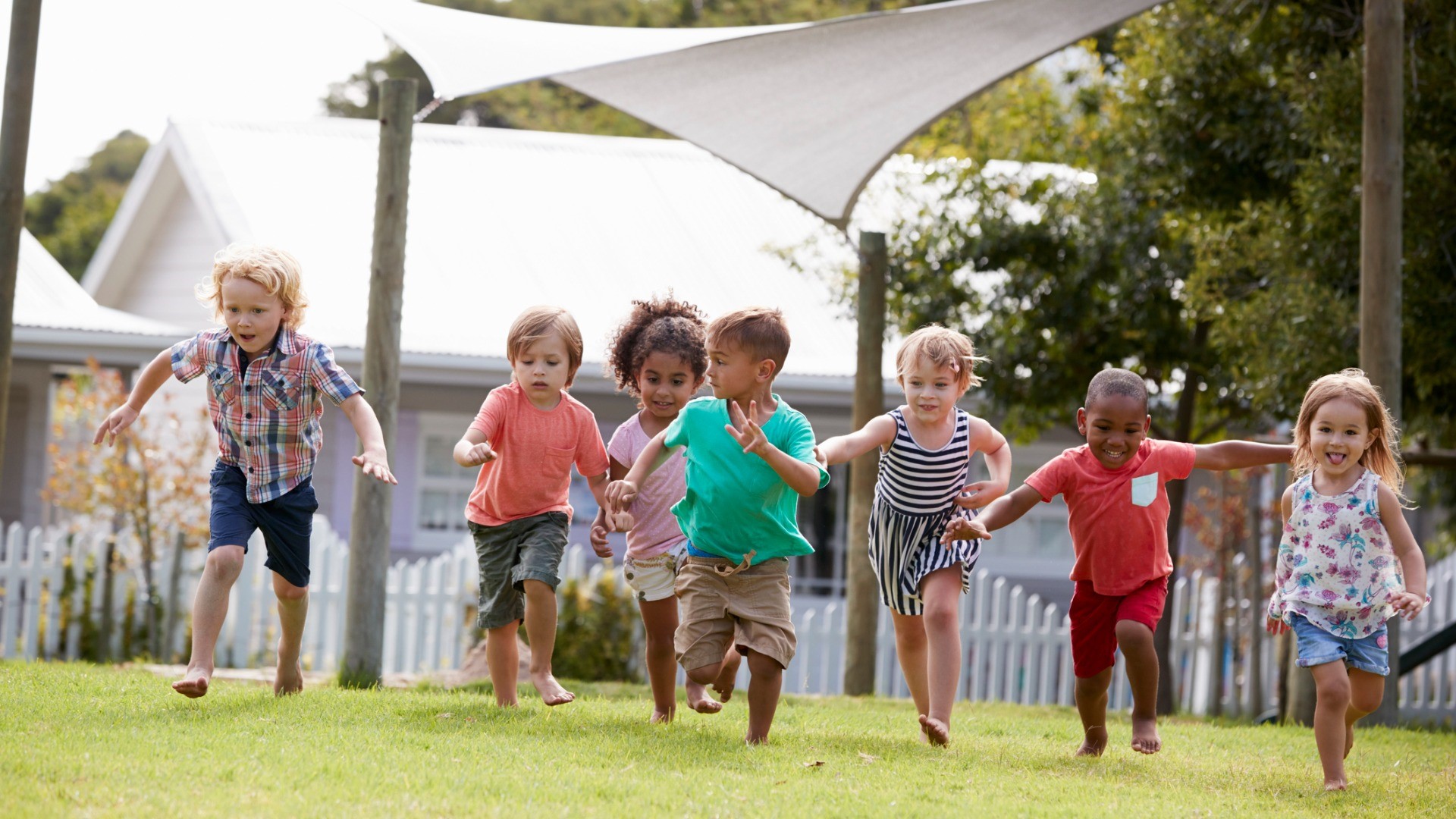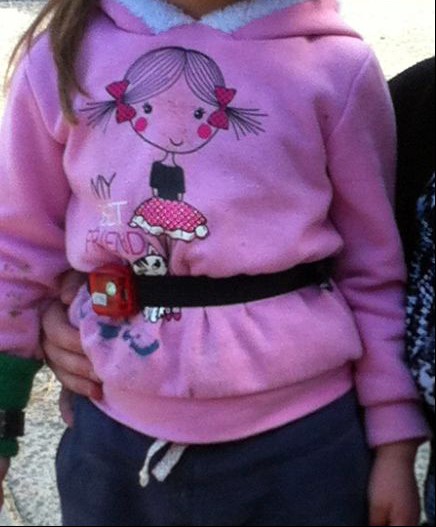A Big Eye-Opener: A CHEERS for Child Care Success Story
- Written by: Samira Ali and Judy Zonneveld

Over the last several years, the CHEERS project has worked alongside the early learning and child care (ELCC) workforce to create healthy eating and active childcare environments in Alberta by offering opportunities to further their knowledge and skills on topics such as healthy eating, physical activity, sleep, and educator well-being. The CHEERS assessment, an evidence-based tool, has supported numerous centres to evaluate their own nutrition and physical activity environment.
Check out this video for information
on the CHEERS assessment and
what it can do for you.
One component of CHEERS research project that many ELCC centres have found valuable is participating in the physical activity assessment. This involves, with permission from families, having preschoolers wear accelerometers that collect data on their movement and activity levels while at the centre. The ELCC centre then receives a report on their data. We sat down with Judy Zonneveld, the Physical Literacy Coordinator for KidsU Early Learning to find out how being involved in this part of the CHEERS program was used by the Kids U centres.

How did the feedback you received from CHEERS affect day-to-day activities in the childcare centre environment?
“We put that information to good use. We have a strong movement focus for that age group. However, because the children frequent transitions to different rooms [from morning to afternoon] we found out we could do more to meet the activity standards throughout the day. That was a big eye-opener!
We have Professional Development (PD) days, and [the feedback] was brought up at the next two or three PD days. We discussed and brainstormed as teachers how to increase those steps and movement.”
What were the ways you planned to increase those steps?
“Being aware that transition times were low movement times was important information. We made two key changes:
- increased movement opportunities in those situations
- shortened time spent in transition
We brainstormed that for transition times, there can be some standing around while the kids are getting ready. We planned for increased movement opportunities in those situations, as well as in circle times. Being mindful of these situations and thinking about little activities we could do in small spaces was a simple but effective way to make change.
We also tracked transition to going outside because we value outdoor opportunities for our kids every day. Sometimes it does take a while to get them dressed, depending on the day with sunscreen and everything. We committed to quickening those [transition] times to have more movement outside.”
Did you make any other changes?
“Our movement teachers peered in on classrooms and noticed that classroom time involved long periods of sitting activities. The movement teachers and I worked with the classroom teachers to plan for taking more “body breaks” to both increase movement but also increase focus. So, overall, we were able to use the information right away, and we continue to plan ways of keeping movement an important part of our children’s day.”
What was it like using accelerometers with preschoolers?
“The feedback from the teachers that I got was that using the accelerometers was quite easy. Communication with parents was important–when we explained to parents [what the accelerometer was], the size, and how it was attached, the parents were quite fine. We didn’t have many concerns. We really enjoyed being part of the project.”
The CHEERS project team is so excited to continue working with the amazing early childhood educators of Alberta to promote healthy eating and physical activity environments. You can contact us if you are interested in learning more about the program. [Contact Us]